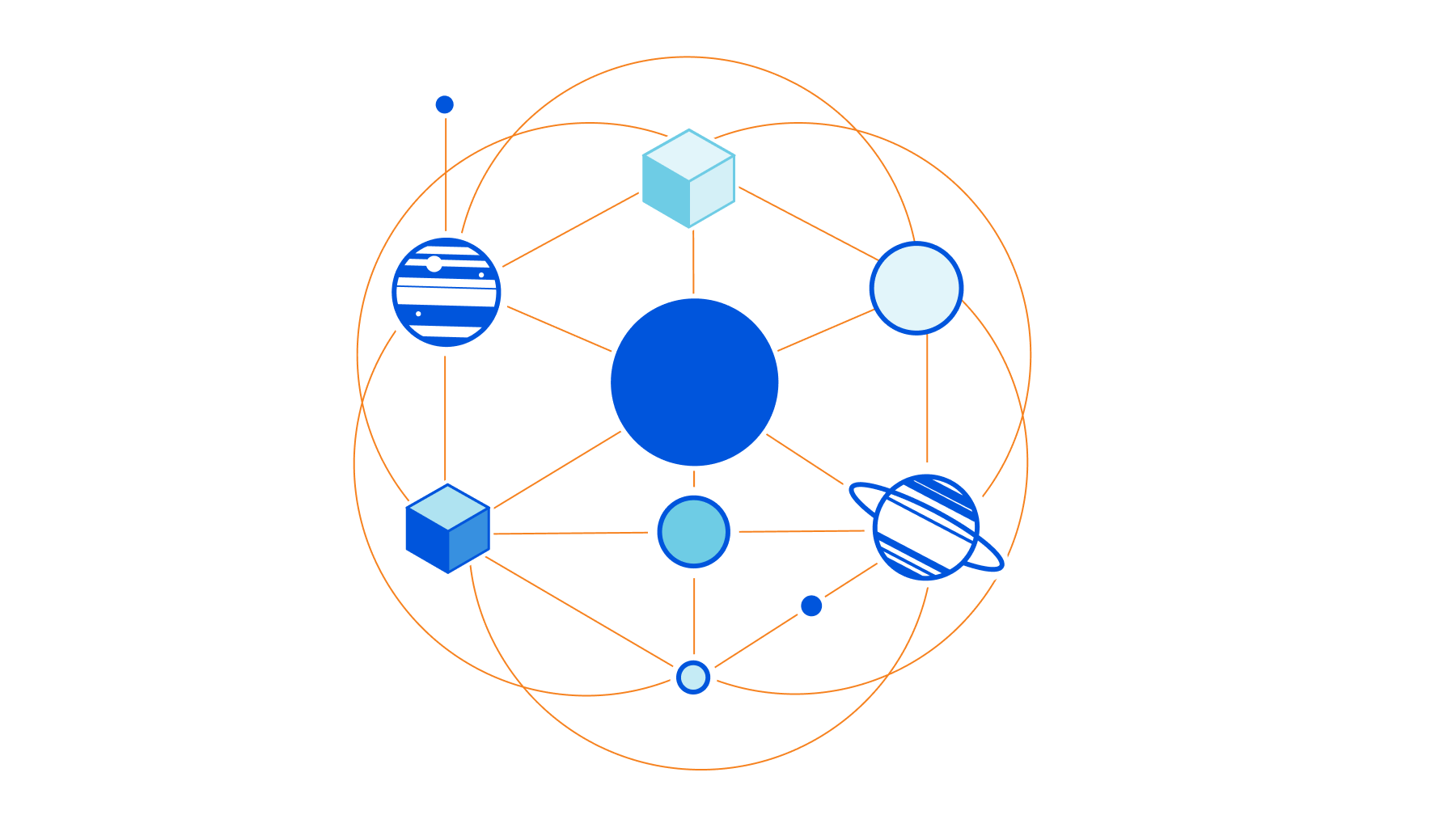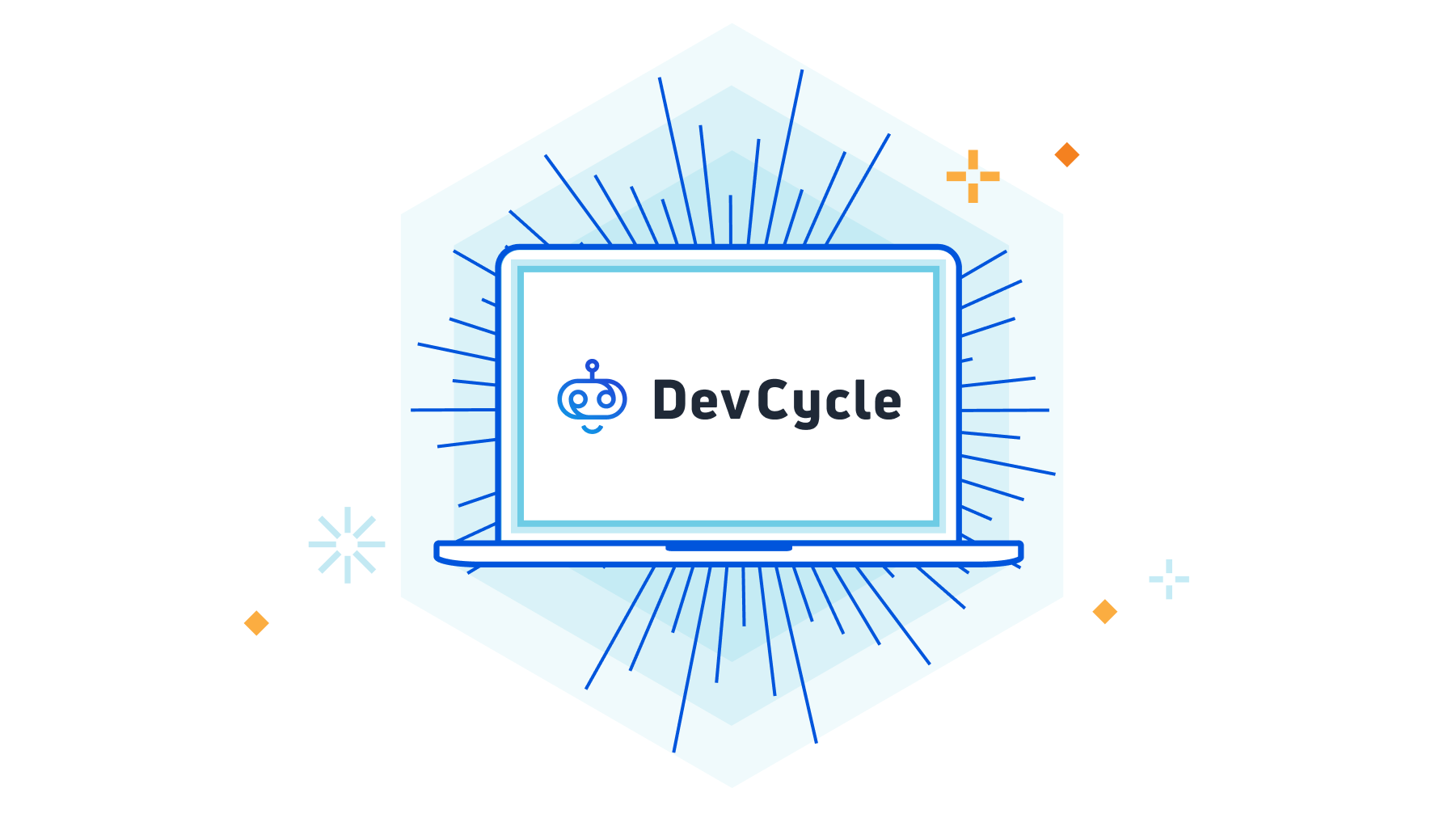Network Break 407: VMware Buys Startup For SD-WAN Client; Zoom Meetings At The Movies?
This week's Network Break covers several announces from VMware Explore including a new SD-WAN client. ASIC-maker Marvell goes after industrial networks with new silicon, Cisco announces the curtain falling on several ISR router models, and SolarWinds settles with the SEC. Zoom and the AMC movie theater chain partner on an offering to hold big meetings at the movies, and Starlink announces it will slow customer speeds if they cross a 1TB cap.Mean Time to Innocence is not Enough
A long time ago, I supported a wind speed detection system consisting of an impeller, a small electric generator, a 12 gauge cable running a few miles, and a voltmeter. The entire thing was calibrated through a resistive bridge–attach an electric motor to the generator, run it at a series of fixed speed, and adjust the resistive bridge until the voltmeter, marked in knots of wind speed, read correctly.
The primary problem in this system was the several miles of 12 gauge cable. It was often damaged, requiring us to dig the cable up (shovel ready jobs!), strip the cable back, splice the correct pairs together, seal it all in a plastic container filled with goo, and bury it all again. There was one instance, however, when we could not get the wind speed system adjusted correctly, no matter how we tried to tune the resistive bridge. We pulled things apart and determined there must be a problem in one of the (many) splices in the several miles of cable.
At first, we ran a Time Domain Reflectometer (TDR) across the cable to see if we could find the problem. The TDR turned up a couple of hot spots, Continue reading
Play To Your Team Strengths

This past weekend I went to a training course for an event that I’m participating in next year. One of the quotes that came up during the course was about picking the team that will help you during the event. The quote sounded something like this:
Get the right people on the right bus in the right seats and figure out where you want to go.
Sounds simple, right? Right people, right bus, right seats. Not everyone is going to be a good fit for your team and even if they are they may not be in the right position to do their best work. But how do you know what they’re good at?
Not-So-Well Rounded
Last night, I listened to this excellent Art of Network Engineering episode. The guest was a friend of mine in the industry, Mike Bushong (@MBushong). He’s a very talented person and he knows how to lead people. He’s one of the people that would love to work for given the opportunity. He’s also very astute and he has learned a lot of lessons about enabling people on a team.
One of the things he discussed in the episode was about people’s strengths. Continue reading
Technology Management is the Foundation for Successful Digital Transformation
Proper IT asset management is the secret to overcoming the complexity and scaling pitfalls of a digital transformation.Welcome to the Supercloud (and Developer Week 2022)


In Cloudflare’s S-1 document there’s a section that begins: “The Internet was not built for what it has become”.
That sentence expresses the idea that the Internet, which started as an experiment, has blossomed into something we all need to rely upon for our daily lives and work. And that more is needed than just the Internet as was designed; it needed security and performance and privacy.
Something similar can be said about the cloud: the cloud was not designed for what it must become.
The introduction of services like Amazon EC2 was undoubtedly a huge improvement on the old way of buying and installing racks and racks of servers and storage systems, and then maintaining them.
But by its nature the cloud was a virtualization of the older real world infrastructure and not a radical rethink of what computing should look like to meet the demands of Internet-scale businesses. It’s as if steam locomotives were replaced with efficient electric engines but still required a chimney on top and stopped to take on water every two hundred miles.

The cloud replaced the rituals of buying servers and installing operating systems with new and now familiar rituals of choosing regions, and Continue reading
The road to a more standards-compliant Workers API


Earlier this year, we announced our participation in a new W3C Community Group for the advancement of Web-interoperable API standards. Since then, this new WinterCG has been hard at work identifying the common API standards around which all JavaScript runtimes can build. Today I just want to give a peek at some work the WinterCG has been doing; and show off some of the improvements we have been making in the Workers runtime to increase alignment with Web Platform standards around event handling, task cancellation using AbortController, text encoding and decoding, URL parsing and pattern matching, and streams support.
The WinterCG Minimum Common Web Platform API
Right at the start of the WinterCG activity, the group took some time to evaluate and compare the various non-browser JavaScript runtimes such as Node.js, Deno, Bun, and Workers with the purpose of identifying the Web Platform APIs they all had in common. Following a very simple criteria, we looked at the standard APIs that were already implemented and supported by at least two of these runtimes and compiled those into a list that the WinterCG calls the "Minimum Common Web Platform API". This list will serve as Continue reading
Build applications of any size on Cloudflare with the Queues open beta


Message queues are a fundamental building block of cloud applications—and today the Cloudflare Queues open beta brings queues to every developer building for Region: Earth. Cloudflare Queues follows Cloudflare Workers and Cloudflare R2 in a long line of innovative services built for the Workers Developer Platform, enabling developers to build more complex applications without configuring networks, choosing regions, or estimating capacity. Best of all, like many other Cloudflare services, there are no egregious egress charges!

If you’ve ever purchased something online and seen a message like “you will receive confirmation of your order shortly,” you’ve interacted with a queue. When you completed your order, your shopping cart and information were stored and the order was placed into a queue. At some later point, the order fulfillment service picks and packs your items and hands it off to the shipping service—again, via a queue. Your order may sit for only a minute, or much longer if an item is out of stock or a warehouse is busy, and queues enable all of this functionality.
Message queues are great at decoupling components of applications, like the checkout and order fulfillment services for an ecommerce site. Decoupled services are easier to reason about, Continue reading
Cloudflare Workers scale too well and broke our infrastructure, so we are rebuilding it on Workers


While scaling our new Feature Flagging product DevCycle, we’ve encountered an interesting challenge: our Cloudflare Workers-based infrastructure can handle way more instantaneous load than our traditional AWS infrastructure. This led us to rethink how we design our infrastructure to always use Cloudflare Workers for everything.
The origin of DevCycle
For almost 10 years, Taplytics has been a leading provider of no-code A/B testing and feature flagging solutions for product and marketing teams across a wide range of use cases for some of the largest consumer-facing companies in the world. So when we applied ourselves to build a new engineering-focused feature management product, DevCycle, we built upon our experience using Workers which have served over 140 billion requests for Taplytics customers.
The inspiration behind DevCycle is to build a focused feature management tool for engineering teams, empowering them to build their software more efficiently and deploy it faster. Helping engineering teams reach their goals, whether it be continuous deployment, lower change failure rate, or a faster recovery time. DevCycle is the culmination of our vision of how teams should use Feature Management to build high-quality software faster. We've used DevCycle to build DevCycle, enabling us to implement continuous deployment successfully.
DevCycle Continue reading
Introduction to Cloud Development Kit for Terraform

Cloud Development Kit for Terrafrom or CDKTF as it is commonly referred to is a tool kit that allows you to leverage the advantages of Terrafrom from within a high-level programming language such as TypeScript, Python, Java, C#, or Go. CDKTF automatically extracts the schema from Terraform providers and modules to generate the necessary classes for your application. We can use CDKTF with every provider that is avaiable on the Terrafrom registry.
In this post, we will look at an example of using CDKTF with Python to provision resources on a Palo Alto Networks Panorama. I chose a Palo Alto Networks Panorama as the target here because I am from a network engineering background.
Installation
Hashicorp have well documented steps on how you can install CDKTF and can be found here.
Getting Started
Initialise a new Project
Once we have successfully installed CDKTF and verified our installation, we begin by initialising a cdktf project with an appropriate template. Here, we are using Python as our template.
cdktf init --template=python --local --project-name cdktf-post --project-description A-simple-projectInitialise a new CDKTF project
Once the initialiation has been completed, you will notice that several new files and folders are created. The main.py file Continue reading
netlab VXLAN Router-on-a-Stick Example
In October 2022 I described how you could build a VLAN router-on-a-stick topology with netlab. With the new features added in netlab release 1.41 we can do the same for VXLAN-enabled VLANs – we’ll build a lab where a router-on-a-stick will do VXLAN-to-VXLAN routing.

Lab topology
netlab VXLAN Router-on-a-Stick Example
In October 2022 I described how you could build a VLAN router-on-a-stick topology with netlab. With the new features added in netlab release 1.41 we can do the same for VXLAN-enabled VLANs – we’ll build a lab where a router-on-a-stick will do VXLAN-to-VXLAN routing.

Lab topology
Worth Reading: History of Fiber Optics Cables
Geoff Huston published a fantastic history of fiber optics cables, from the first (copper) transatlantic cable to 2.2Tbps coherent optics. Have fun!
Worth Reading: History of Fiber Optics Cables
Geoff Huston published a fantastic history of fiber optics cables, from the first (copper) transatlantic cable to 2.2Tbps coherent optics. Have fun!
The Fibre Optic Path
The story of the evolution of fibre optic cable is a fascinating one, with a rich scientific history, including more than a few Nobel prizes.Weekend Reads 111122
https://www.darkreading.com/risk/build-security-around-users-a-human-first-approach-to-cyber-resilience
User-first security must begin with an understanding of how people use computing technology. We have to ask: What is it that makes users vulnerable to hacking via email, messaging, social media, browsing, file sharing?
Responding to a recent surge in AI-generated bot accounts, LinkedIn is rolling out new features that it hopes will help users make Continue reading
Fast zero copy static web server with KTLS
I’m writing a webserver optimized for serving a static site with as high performance as possible. Counting every syscall, and every copy between userspace and kernel space.
It’s called “tarweb”, because it serves a website entirely from a tar file.
I’m optimizing for latency of requests, throughput of the server, and scalability over number of active connections.
I won’t go so far as to implement a user space network driver to bypass the kernel, because I want to be able to just run it in normal setups, even as non-root.
I’m not even close to done, and the code is a mess, but here are some thoughts for now.
First optimize syscall count
Every syscall costs performance, so we want to minimize those.
The minimum set of syscalls for a webserver handling a request is:
accept()to acquire the new connection.epoll_ctl()to add the fd.epoll_wait()&read()or similar. (ideally getting the whole request in oneread()call)epoll_wait()&write()or similar. (again ideally in one call)close()the connection.
There’s not much to do about accept() and read(), as far as I can
see. You need to accept the connection, and you need to Continue reading
2022 US midterm elections attack analysis


Through Cloudflare’s Impact programs, we provide cyber security products to help protect access to authoritative voting information and the security of sensitive voter data. Two core programs in this space are the Athenian Project, dedicated to protecting state and local governments that run elections, and Cloudflare for Campaigns, a project with a suite of Cloudflare products to secure political campaigns’ and state parties’ websites and internal teams.
However, the weeks ahead of the elections, and Election Day itself, were not entirely devoid of attacks. Using data from Cloudflare Radar, which showcases global Internet traffic, attack, and technology trends and insights, we can explore traffic patterns, attack types, and top attack sources associated with both Athenian Project and Cloudflare for Campaigns participants.
For both programs, overall traffic volume unsurprisingly ramped up as Election Day approached. SQL Injection (SQLi) and HTTP Anomaly attacks were the two largest categories of attacks mitigated by Cloudflare’s Web Application Firewall (WAF), and the United States was the largest source of observed attacks — see more on this last point below.
Below, we explore the trends seen across both customer sets from October 1, 2022, through Election Day on November 8.
Athenian Project
Throughout Continue reading
Heavy Networking 655: On-Prem VPC Networking With Netris (Sponsored)
Heavy Networking welcomes sponsor Netris to the show with a special episode for you network nerds who are really getting into automation, infrastructure as code, pipelines, and so on. Netris is all about bringing that public cloud VPC experience to the network you’ve already got. Imagine being able to consume your existing network with APIs and being able to stand up VLANs, VXLANs, elastic load balancers, firewalls, Internet gateways, and more the same way you do in the cloud, but on premises.
The post Heavy Networking 655: On-Prem VPC Networking With Netris (Sponsored) appeared first on Packet Pushers.